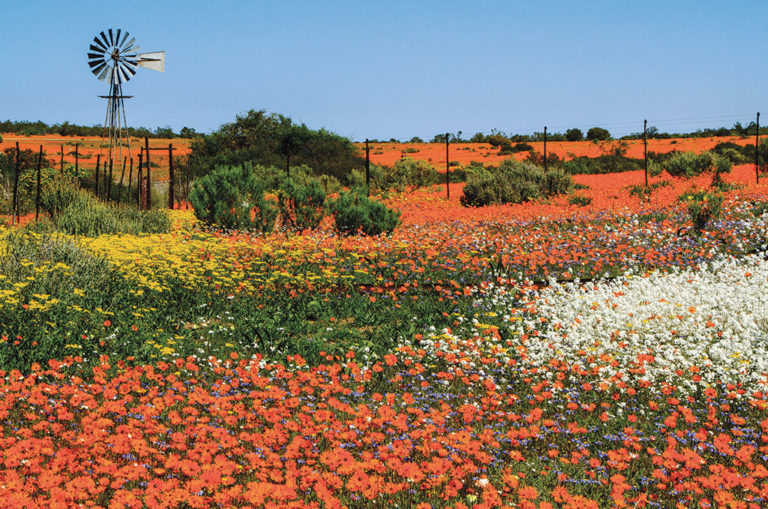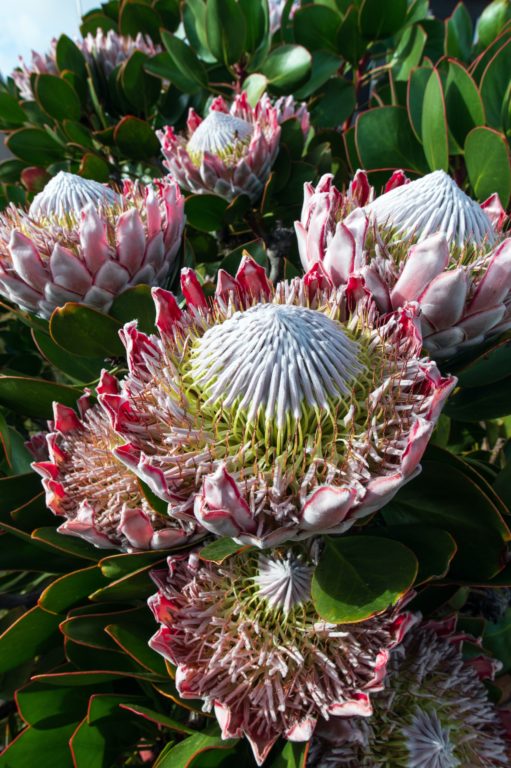Scientists from the US and South Africa, with the assistance of NASA, are embarking on a campaign to map what is one of the most biodiverse ecosystems on the planet; The Greater Cape Floristic Region.

The fynbos region has seen the second-worst number of plant extinctions in the world.
NASA intends to fly planes over the area for 6 weeks to measure the height and structure of vegetation, collecting ultraviolet, visual, thermal and other imagery across terrestrial and aquatic ecosystems. Researchers on the ground will make observations at locations of particular interest.
Dr Adam Wilson, principal investigator at the University of Buffalo and a lead researcher on the project commented that the Cape Floristic Kingdom is a fascinating place with high plant diversity. The biome has gone through dramatic environmental change over the past 50 years, due to climate change and land use.
Almost 40 plants in the Western Cape have gone extinct since 1900. This is about 500 times higher than the background extinction rate, which is the natural rate at which plants become extinct. This is according to a study published in the scientific journal Nature, discovering that the Western Cape is the region that has recorded the second most extinctions after Hawaii.
“Our data will capture this region’s biodiversity in greater detail than ever before from a plane or satellite. In combination with the field observations, these new data will help us understand this dynamic region and improve our ability to monitor biodiversity from space globally.”

Unbounded, wildflowers spill over into towns, along highways and through fields, forming part of the Cape Floral Kingdom. Picture: Getty Images.
The data from this study will help scientists in mapping the region’s biodiversity, providing estimates of the distribution and abundance of species. It will also elucidate on how biodiversity impacts the physical environment and vice versa.
The project is titled “Marine, Freshwater, and Terrestrial Biodiversity Survey of the Cape (BioSCape)” and is funded by NASA, with University of Buffalo researchers receiving $873,000, more than R12 million in NASA funding to complete their share of the work.
Much of this kind of research has been conducted in the world’s forested ecosystems like the amazon or the northern hemisphere forests, but non-forest ecosystems harbour a substantial proportion of the world’s biodiversity.
The Cape Floral Kingdom is perhaps the most diverse of these non-forest ecosystems. Wilson comments that BioSCape will bring the worlds most advanced NASA remote sensing technology to the region. By mapping this, the hope is to show the important link between ecosystems that people depend on with the flora in the region.

The King Protea is perhaps the star of the fynbos flora, featuring as the national flower of South Africa. Picture: Unsplash.
Associate Professor of geography at the Unversity of California and lead researcher on the project, Erin Hester commented that “We are experiencing the sixth great extinction in the history of the Earth, with unprecedented rates of species loss. Understanding the diversity of life, what drives it and how it might change in the future is critical to maintaining and protecting life on Earth — for us and all creatures.”
The campaign is organized around three major themes 1) the distribution and abundance of biodiversity, 2) the role of biodiversity in ecosystem function, and 3) the impacts of biodiversity change on ecosystem services. In laymen terms, where is biodiversity, what is it doing, and why does it matter?
The Cape Floral Kingdom is one of eight floral kingdoms in the world and the only one contained within a single country. On top of this, 69 percent of it is endemic, home to the greatest non-tropical concentration of higher plant species in the world. In 2004, the Cape Floral Region protected areas were inscribed as a World Heritage site.
For more information about the ongoing project, visit BioSCape’s homepage.
ALSO READ
South Africa’s pride and joy: Fascinating facts about the protea flower















